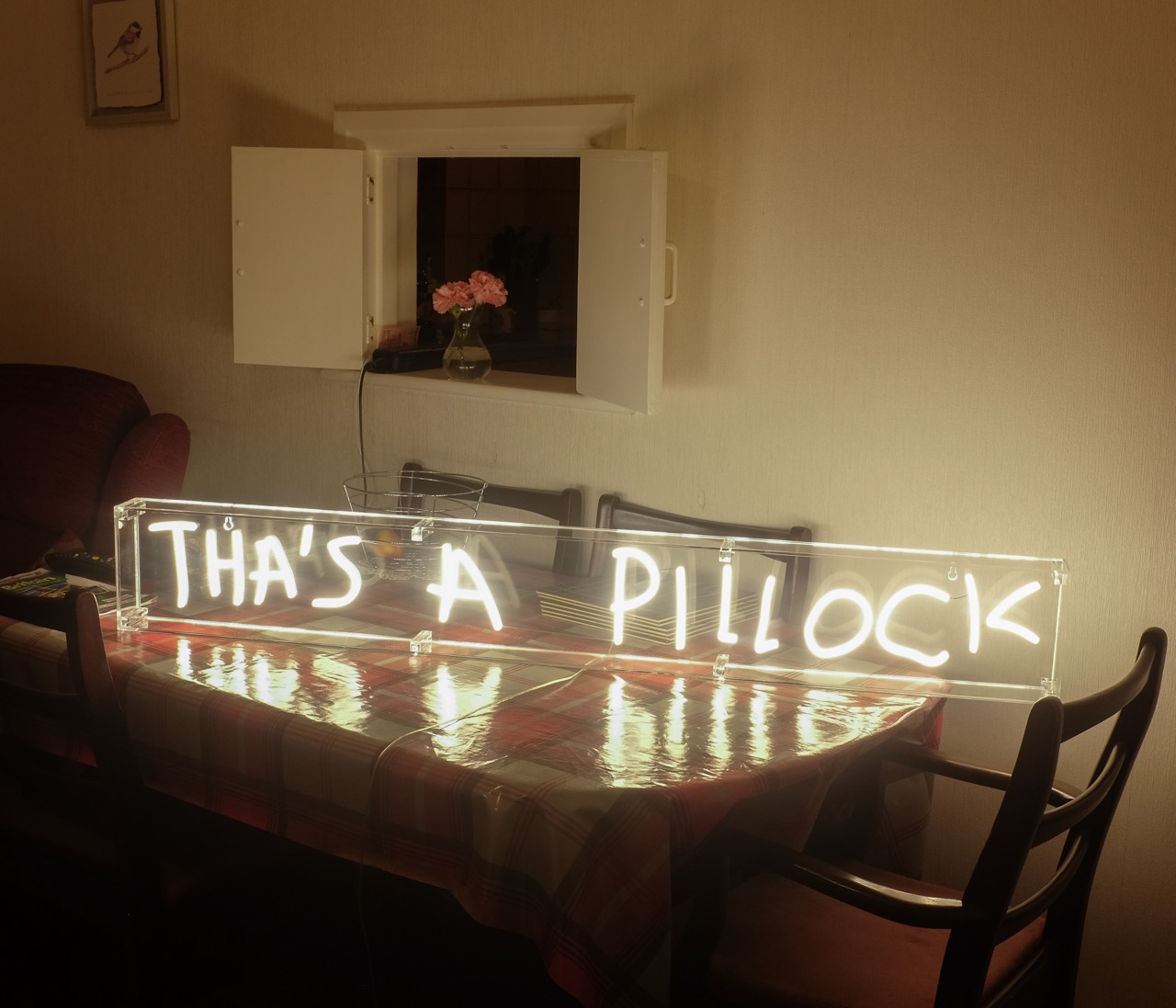Slavery is an ancient crime. As old as empires, older than machines. For as long as there have been jobs to be done and people who don’t want to do them, there have been poor helpless people pressed into slavery. There are many forms of slavery and we are all aware of some of them. When we think of slavery we think of Spartacus and Kirk Douglas’s cratered chin, shining with sweat alongside brave men pinned up on crosses by the roadside. Or of Russel Crowe’s torso, pecks like handholds on a climbing wall. Upright with the righteousness dignity of a wronged man.
We think of dark galleys, crushed with naked west Africans, stench and disease on their one-way voyage to America. Or later sweating under straw hats in the sugarcane fields of the Caribbean. We think of Coolies building railways in Malaysia and India. Black and white photos of the Congolese with their hands cut off. Fragments of Bob Marley lyrics: “stolen from Africa, and brought to America.” We think of Jamie Foxx in Django Unchained, or the achingly beautiful images of total cinematic misery in 12 Years a Slave. The quiet dignity of the slaves singing together over the grave of a friend.
We don’t think of a 33 year old man with autism being kidnaped from a family holiday, and forced to live in a rat infested shed in Wales with only a horse trough to wash in. For 13 years.
Or of men stalking homeless shelters, bribing the desperate into vans with cigarettes and tins of beer. Wearing high-vis jackets so they’re mistaken for charity workers, while deliberately targeting alcoholics and young people who they deem easier prey.
These are not the images of slavery that we think about, because we do not see them. That is because in the modern world, we rarely see or hear of slavery. But that does not mean it isn’t there. In 2017 more than 5,000 cases were reported in the UK. A 35% increase on the year before.
Amy Romer’s, The Dark Figure is a documentation of modern day slavery. It unveils the exploitation of human trafficking within the UK. The term and title of the series “The Dark Figure” is constantly repeated throughout the book and is a commonly used word that refers to the estimated thirteen thousand current victims of modern slavery.
There is an element of genius to Amy Romer’s photos. She has a quiet voice, and a simple eye. The colours are muted, and the compositions empty and still. She shows us the ordinariness of what slavery looks like today. Slaves no longer live in coliseums. They live in council estates in Brixton. It’s no longer as simple as slaves and the slave drivers. There is a sliding scale that slips gradually and many do not notice they are slaves until they try to leave. And then they are beaten, and intimidated and locked up. Such as Romer’s photo of the farm where migratory Lithuanian worker’s didn’t realise that it’s illegal to dock someone a months wages for leaving a mug in the sink. And that the person taking £50 out of their wages before they’ve even got them, for the right to sleep in an overcrowded, unheated shed is not their landlord but their keeper.
The most important message from Romer’s work is that we should be prepared for the ordinariness of evil. That we need to readjust our preconceptions of what slavery looks like from Hollywood to the huddled crowds of Holborn Street. Where the men in High Vis vests and vans are back, slithering through the crowd looking for their next desperate victim.



















